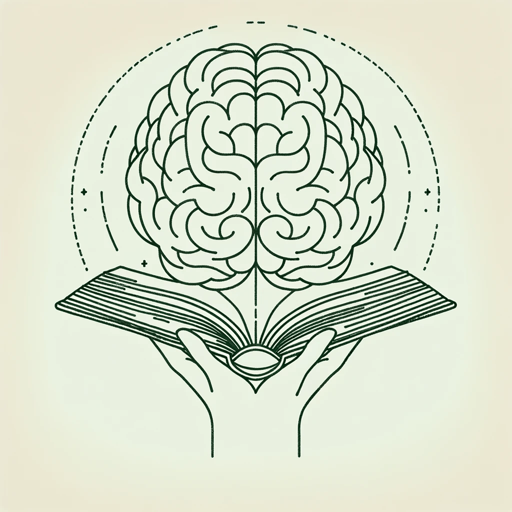60 pages • 2 hours read
C. G. JungMan and His Symbols
Nonfiction | Book | Adult | Published in 1964A modern alternative to SparkNotes and CliffsNotes, SuperSummary offers high-quality Study Guides with detailed chapter summaries and analysis of major themes, characters, and more.
Part 1Chapter Summaries & Analyses
Part 1: “Approaching the Unconscious” by Carl G. Jung
Part 1, Section 1 Summary and Analysis: “The Importance of Dreams”
Jung contrasts the difference between signs and symbols and their significance in a person’s life. He explains that the languages humans use to communicate are composed of symbols and signs. Signs are those symbols which have come to represent a common, singular meaning; symbols, by comparison, have “specific connotations in addition to [their] conventional and obvious meaning[s]” (15). Symbols possess a hidden, unconscious meaning that is not fully tangible, permanent, or constant. Symbolic language, Jung says, is used to explain concepts and ideas that are not completely understood. He refers to this as conscious utilization of symbols, and then goes on to explain that people experience symbols unconsciously through their dreams.
Jung explains that human perception and consciousness are limited by the quality of the senses and scientific instruments. As a result, people can never hope to perceive the world completely. People perceive the physical world through their mind, and what people perceive subconsciously is then communicated back to them symbolically through their dreams. Jung explains that dreams were the original source of evidence for the unconscious psyche, and the existence of the unconscious implies a duality inside people, their unconscious and conscious 








